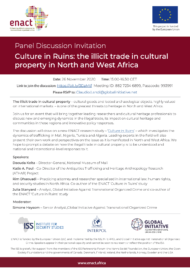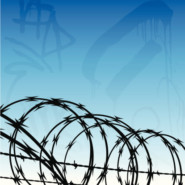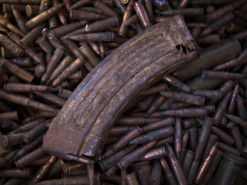Posted on 29 Mar 2008
One of the poorest countries in the world, Afghanistan faces many challenges. One of them is the drug industry. Afghanistan now produces upwards of 90% of the world’s opium and production has doubled in just the last two years. The Afghan drug problem has been evolving fast and, increasingly, its dimensions appear to be determined more by new events than historical factors. As a result it tends to defy categorization efforts. Yet, understanding the factors that influence the decision to plant opium poppy is of great importance to policy makers who want to affect this decision-making process and reverse the trend. This paper does not attempt to provide a comprehensive answer to such a complex question, but examines, based on the available data, whether one traditional factor, poverty, has played a central role in the recent Afghan opium boom.
The robustness of the analysis depends on the quality of the data available and, in that respect, the Afghan situation imposes clear limitations. With this important caveat in mind, the paper concludes that poverty does not appear to have been the main driving factor in the expansion of opium poppy cultivation in recent years. The vast majority of farmers in Afghanistan, as in other parts of the world, still choose to produce licit crops instead of drugs – opium poppy is grown on just 4% of the arable land in the country – and there is no evidence that opium poppy cultivation is necessarily the choice of the poorest of the poor farmers. Further, it has increased most in areas notable for their exposure to the insurgency, not the depth of their poverty.



